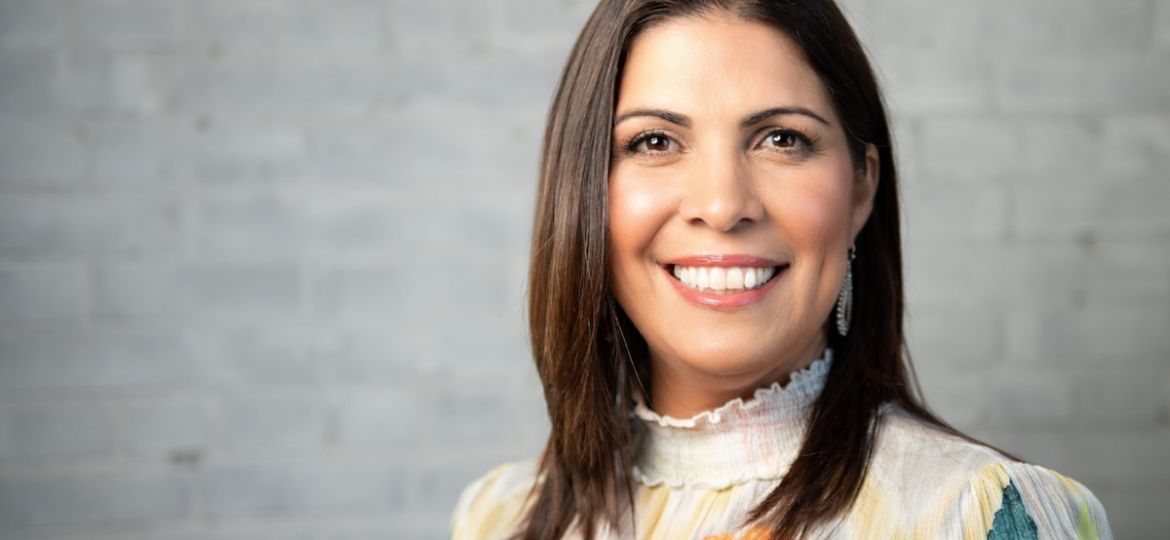
A Note From Sarah:
We’ve asked our newest colleague Gilmara Vila Nova-Mitchell (see announcement here) to guest write this week’s newsletter. I’ve had the opportunity to learn from Gilmara over the past year and half and she has transformed how I think about what it means to be a leader and leadership development. Her ability to help people build and rebuild relationships through authentic connections, vulnerability, and understanding is a marvel to witness. Truly.
In a previous newsletter I shared about one of the most powerful insights Gilmara has taught me and that is the power of inclusion. To quote her from one of our many conversations about inclusion “You cannot be a great leader if you only know how to lead people who are like you.” That caused me to catch my breath a bit and reflect more deeply.
One of the challenges we face to building truly inclusive organizations is understanding how strong our cultural norms are and the impact those norms have on excluding those who don’t “fit”, often unintentionally. I can speak both from observation and personal experience that examining how your culture might be exclusive isn’t always easy or comfortable. But then again, transformative learning is rarely either of those things.
In the last few months, we have seen many companies and organizations publicly proclaim that they will do better, do more and hire more people to support diversity, equity and inclusion. But what many leaders and organizations fail to realize is that as the composition of employees becomes more diverse, the potential increases to have issues related to miscommunication, if the company has not first built a culture and infrastructure that will support diversity, equity, and inclusion.
We often expect underrepresented hires to fit into a company’s current culture and expectations. When the team member doesn’t fit into these expectations, it is often perceived as a performance issue. But what’s really happening is a cultural gap. The hard truth about the way things are run in the corporate world is that standard corporate practices are based on the culture of white supremacy’s expectations. They are built on the norms and expectations of white people. And when someone disrupts these ideas because of values grounded in an alternative culture, it’s deemed an unacceptable performance problem rather than an opportunity to examine the company’s culture.
One of my favorite resources to share when talking about this comes from Dismantling Racism: A Workbook for Social Change Groups. The excerpt is titled The Characteristics of White Supremacy Culture. I encourage you to read through the entire article through the lens of your work organization. Many of these characteristics are so engrained, so ‘natural’ in our work processes and culture that it may be difficult to accept these as characteristics of a white supremacy culture.
There are a few characteristics of white supremacy culture on the list that I observe quite frequently in teams that I work with:
- Worship of the written word. If it’s not written in a memo or an email, it doesn’t exist! It’s important to remember there are many paths to the same goal. Verbal communication can and should be honored the same way as written communication.
- Individualism. A lot of underrepresented hires come from cultures that value and emphasize the collective. But in a white supremacy culture, those who independently problem solve are often regarded as high performers. The antidote to this way of thinking may be to evaluate members based on delegation and how they interact and perform on team tasks.
- Objectivity. The phrase, “check your emotions at the door,” exists for a reason! Corporate culture values their employees based on rationality, logic, and place almost machine-like expectations on individuals. But we are humans, and it’s impossible to remove emotions from work. The antidote, which Sarah talks about often, is honoring human complexity. It’s shifting the thinking that our humanness is to our detriment, rather than of value.
Bringing in diversity to an organization doesn’t create a magical answer. A company might hire and recruit underrepresented people, but if their culture doesn’t create a strong sense of belonging and their team members are not culturally proficient, the diverse hires won’t stay. It’s not on diverse, new hires to fit into the organization. Instead of waiting for people to assimilate into the culture of our organizations, we can take on the work to examine our preferences and culture and become open to different ways to approach our work. Organizations must create culturally supportive structures. Individuals need to conduct fearless audits about how they connect and interact with others who are from cultures different than their own. We all must explore, experiment, and evolve with our understanding of the culture of white supremacy in the workplace and our connection to such practices.

